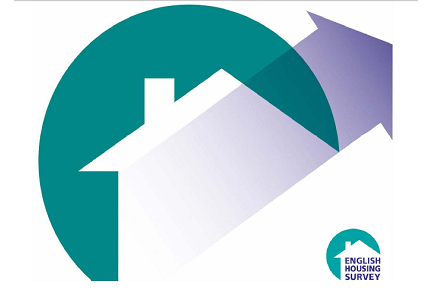The first results from the 2010‐11 English Housing Survey were published on 09 February 2012. The EHS brings together the former DCLG housing surveys – the Survey of English Housing (SEH) and the English House Condition Survey (EHCS).
 |
| [relatedPosts title=”Related Posts”] |
|
|
The report brings together initial findings on household trends and the housing stock. It reports on trends in tenure, household type, economic status, buying expectations of renters, overcrowding and under occupation, recent movers and mortgage difficulties.
It also provides an overview of the housing stock in England, covering the latest findings on the housing stock profile, housing conditions, energy performance,
energy efficiency, decent homes and damp.
Key Findings
- In 2010-11, 66% of households were owner occupiers. This appears to continue the gradual downward trend observed from 2007. The social rented sector accounted for 17.5% of households and the private rented sector accounted for 16.5% of households.
- Average weekly rents in the private rented sector continued to be well above those in the social rented sector (£160 per week compared to £79).
- 63% of households in the social rented sector were in receipt of Housing Benefit, compared with only 25% of those in the private rented sector.
- The long term upward trend in the proportion of households experiencing overcrowding in both rented sectors appeared to continue (7% for social renters and 6% for private renters in 2010-11), but there was no appreciable change in the proportion of owner occupiers living in overcrowded conditions (1% in 2010-11).
- Rates of under-occupation were notably higher in the owner occupied sector (49%) than in both the social rented sector (10%) and private rented sector (17%).
- The energy efficiency of the housing stock continued to improve, with the average SAP rating reaching 55 in 2010. The social sector continued to be more energy efficient on average than the private sector.
- By 2010, 90% of homes had central heating, and the proportions with each of the 3 main forms of insulation – cavity wall insulation; loft insulation; and double glazing – continued to increase.
- The proportion of dwellings with damp problems reduced from 13% in 1996 to 7% in 2010. Private rented dwellings were more likely than those in other tenures to experience damp problems, partly because they are more likely to be older stock.
The EHS 2010 – 11 Headline Report is available here.
Excel tables available through the link.
.





